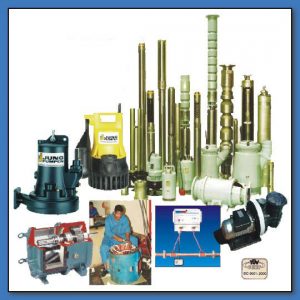About Side Channel Pumps
About Side Channel Pumps
The side channel pump is a niche product that is somewhere in between a centrifugal pump and a displacement pump. Initially, these types of liquid ring pumps we designed to pump gas, air and liquid mixtures. A side channel pump can be used for many different applications.
A side channel pump will generally have these following characteristics:
- Offer the ability to transport gas without any interruptions to the fluid flow or damage to the bearings.
- They have automatic self-priming capability
- Offers maximum power consumption that its highest head and lowest flow rate.
- Narrows columns (side channels) are not suitable for abrasive particles in the fluids.
- A very low suction head (NPSH) is required.
- A steep capacity-head (Q-H) curves ideal for pressure-dependent system regulation.
When the pump is started, it initially functions just like a displacement pump because of its self-priming capability, but once the side channels are filled with liquid, it will begin to operate like a centrifugal pump does. The centrifugal effect will then cause a collection of liquid in the outer region of the side channel and in the impeller cells, this forms the liquid ring that is necessary for the self-priming process. The inner region is where the gas builds up. A side channel pump is also able to operate as vacuum pump for a certain amount of time before the auxiliary liquid starts to heat up and then finally evaporates.
Besides the pumps self-priming capability, it has the added advantage of also being able to handle big gas flows with the liquid. In some processes, it’s essential that the pump can, as least temporarily, evacuate vapours and gasses from the process without the liquid flow being interrupted. The standard radial centrifugal pump has a very limited capacity to transport gas within the medium. Even with a lower gas content, the liquid flow can immediately damage or interrupt the pump bearings because of dry running.
The pressure build-up that is caused by the sum of the individual pulses during the liquid movement will create an internal multi-stage effect, even when there is only one impeller. A lower potential pump speed is possible because of higher pump heads thus helping to reduce the pump’s NPSH requirement compared to a high-speed pump. With a lower pump speed, you will have the additional advantage that part load performance, mechanical loads and noise can be controlled better and the pump’s expected service life is then generally increased.
At Ernest Electro we specialise in a wide variety of pumping systems and solutions in Johannesburg. Visit our website on www.ernestee.co.za for more information.

